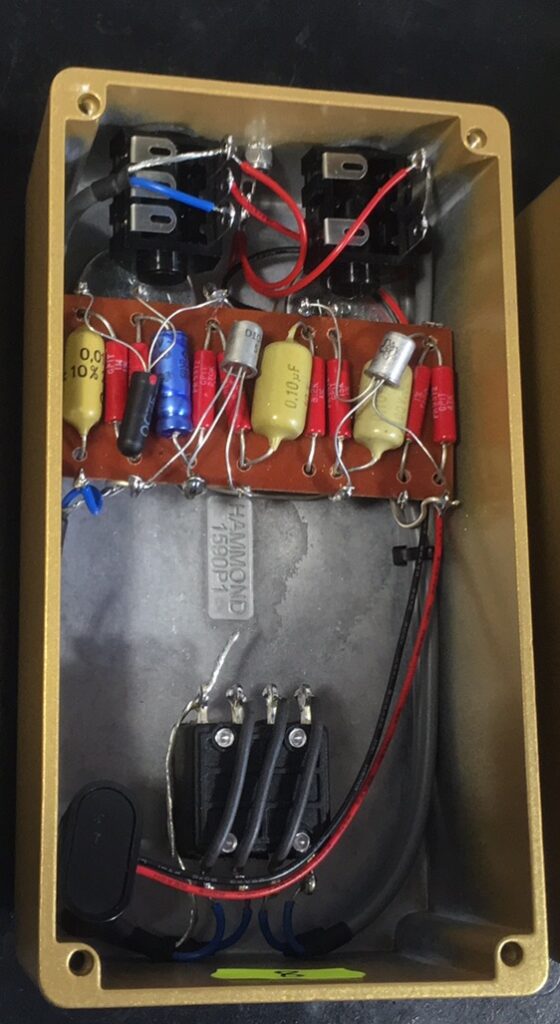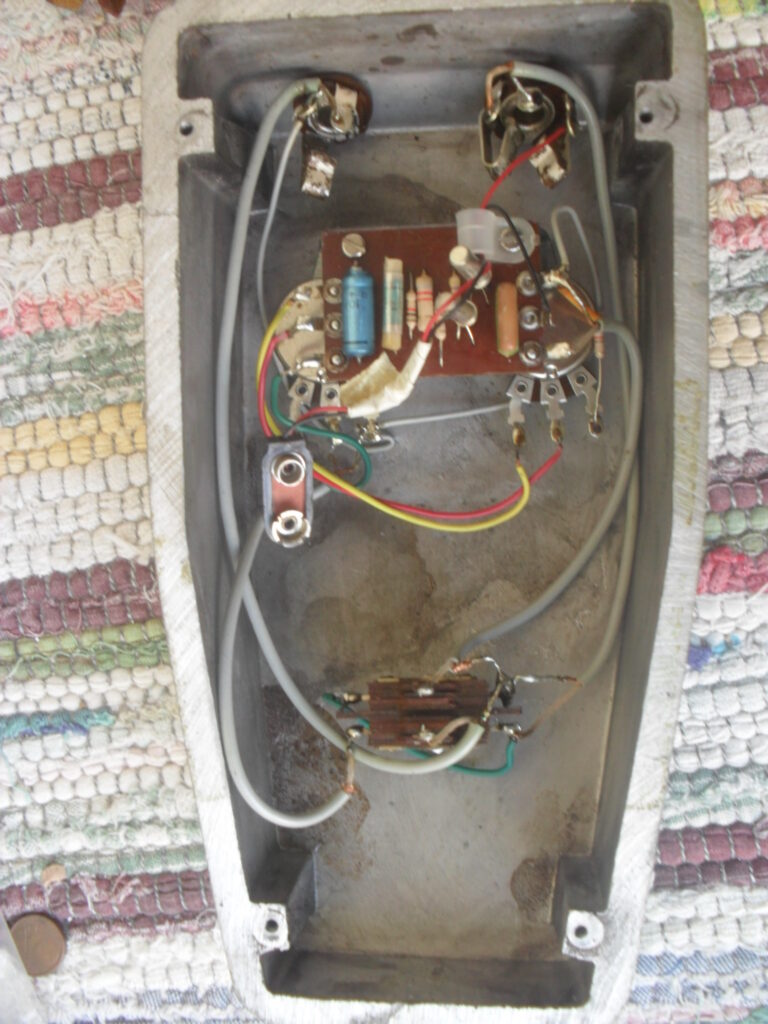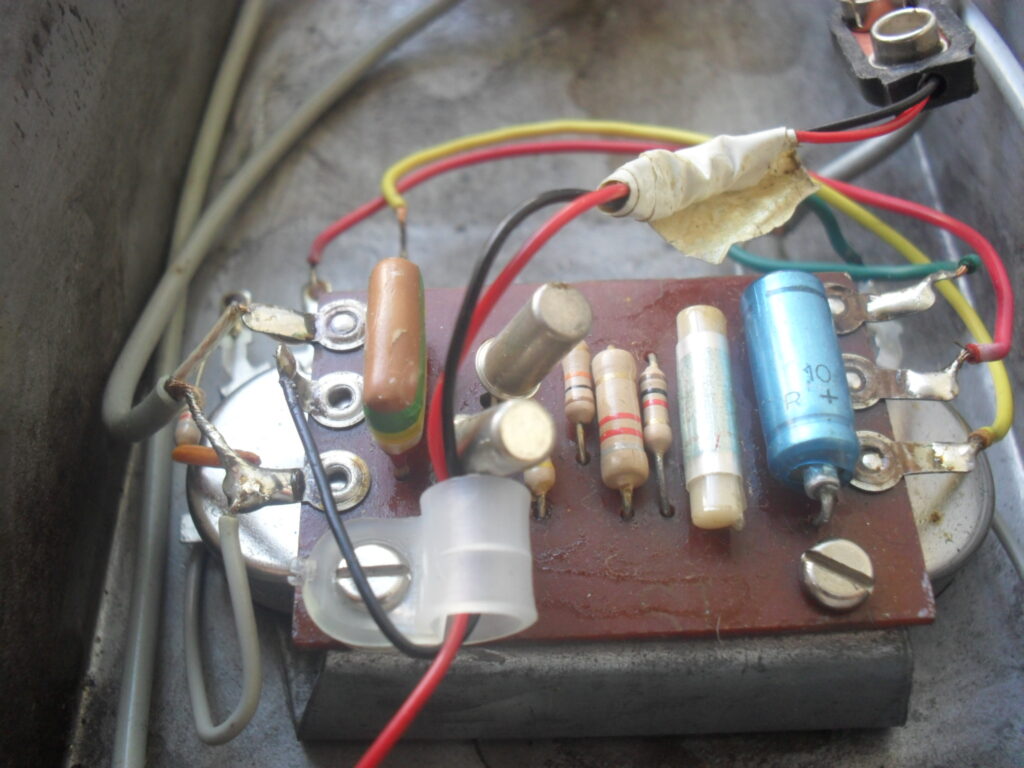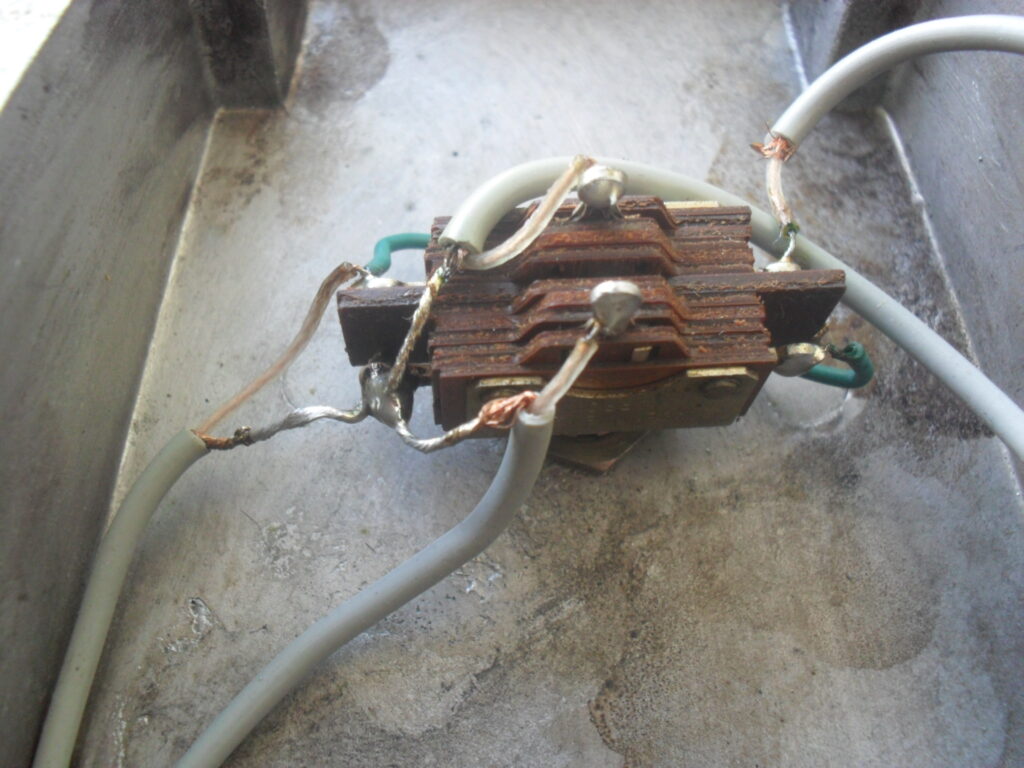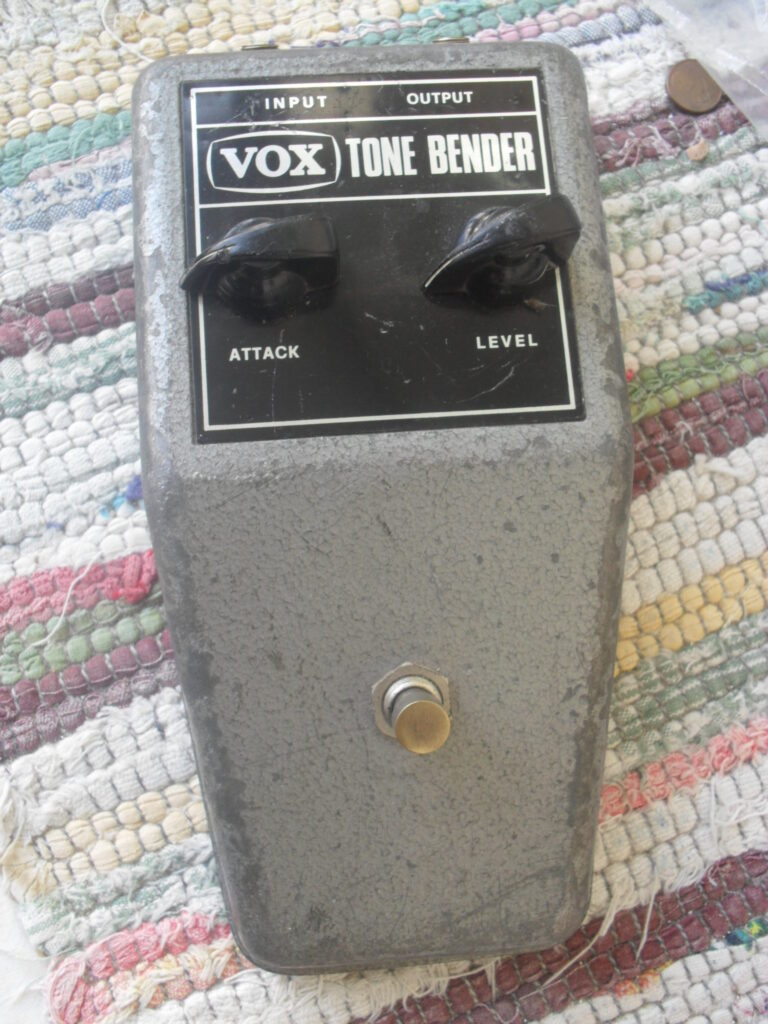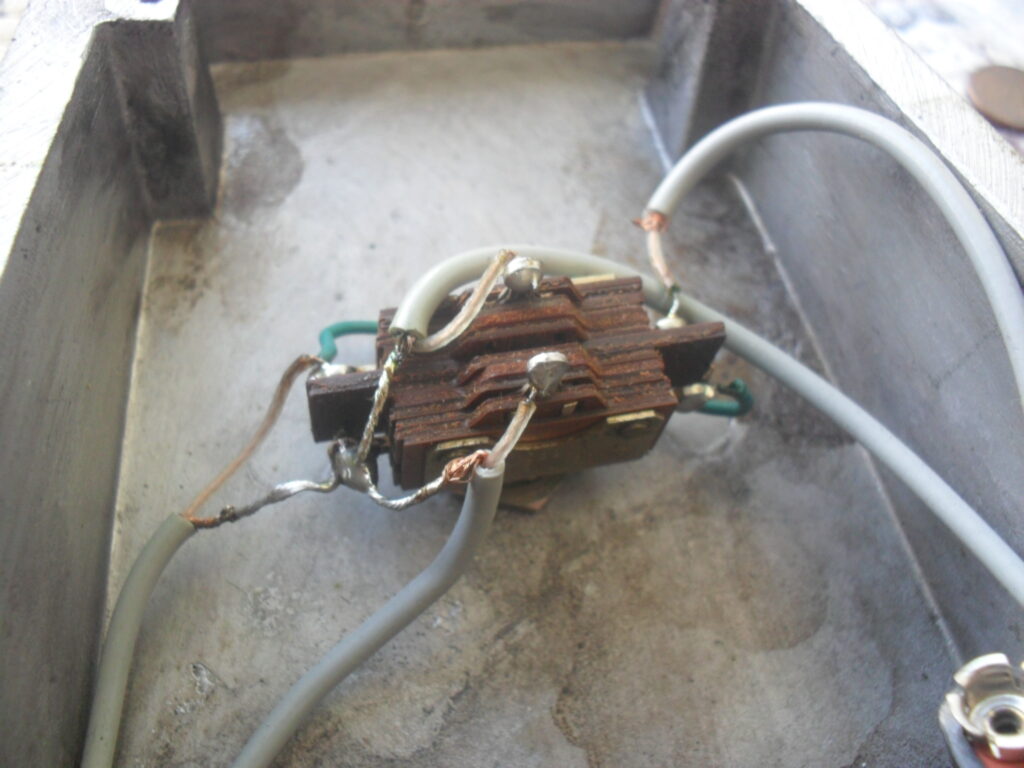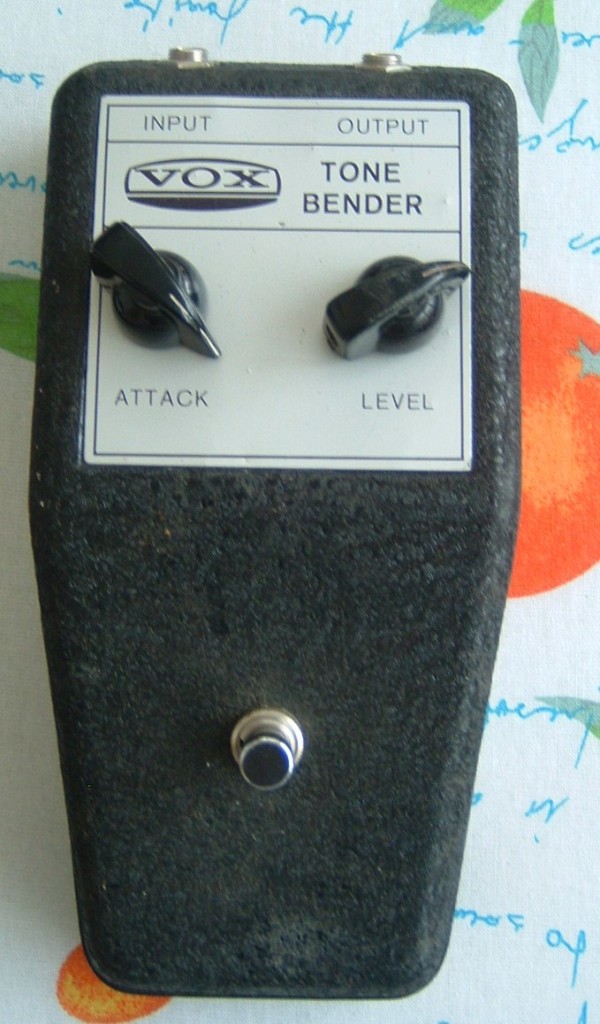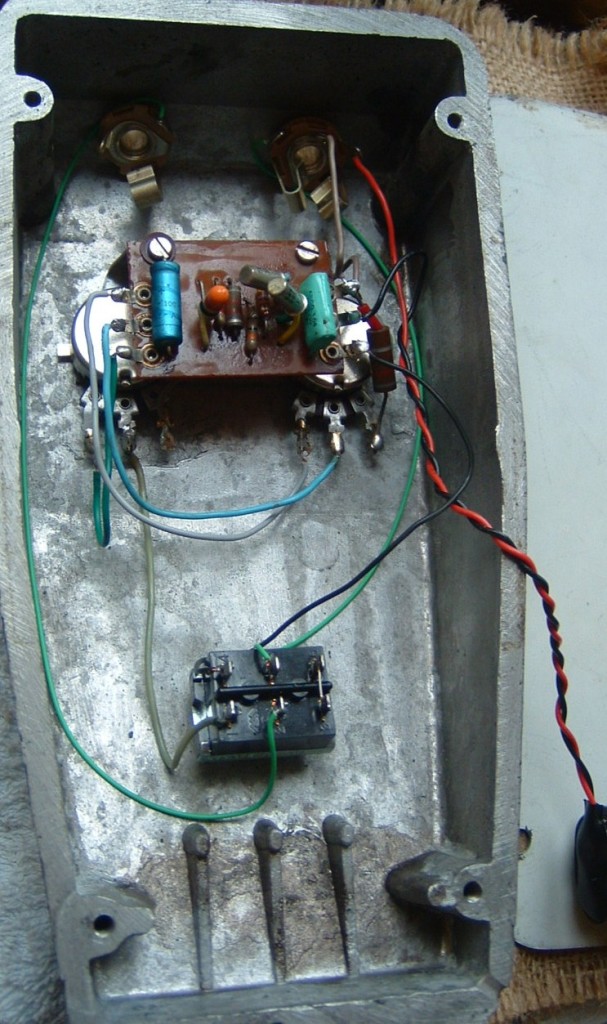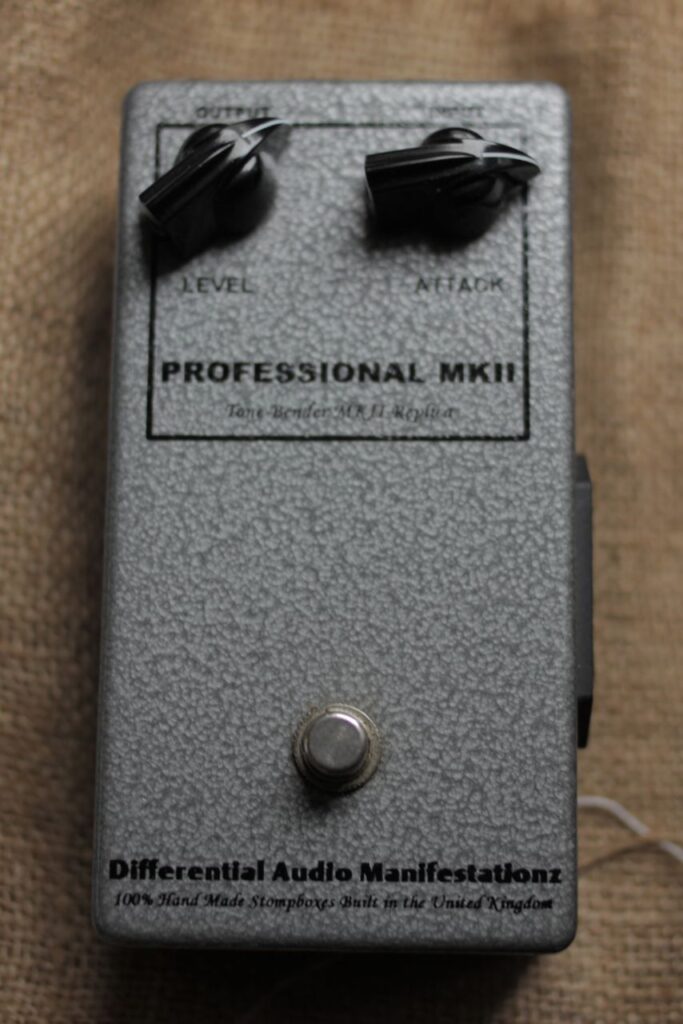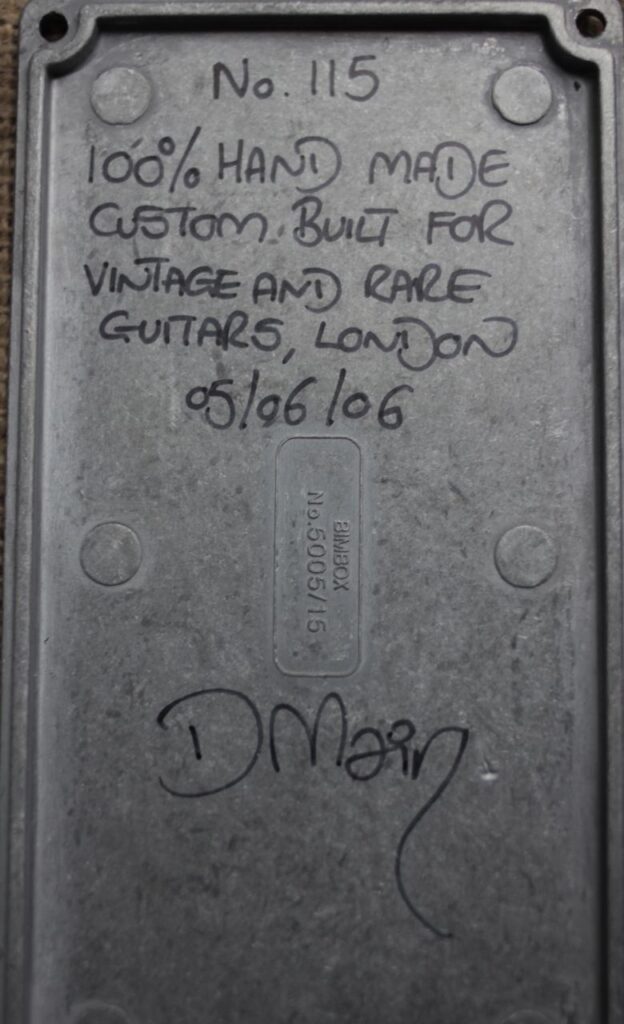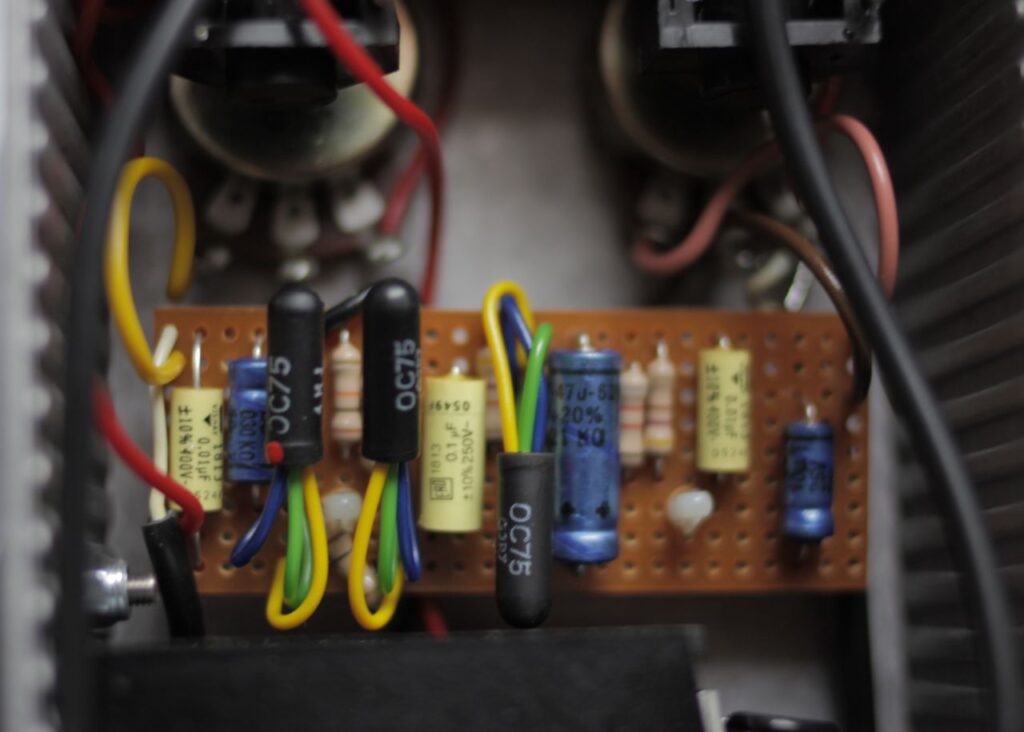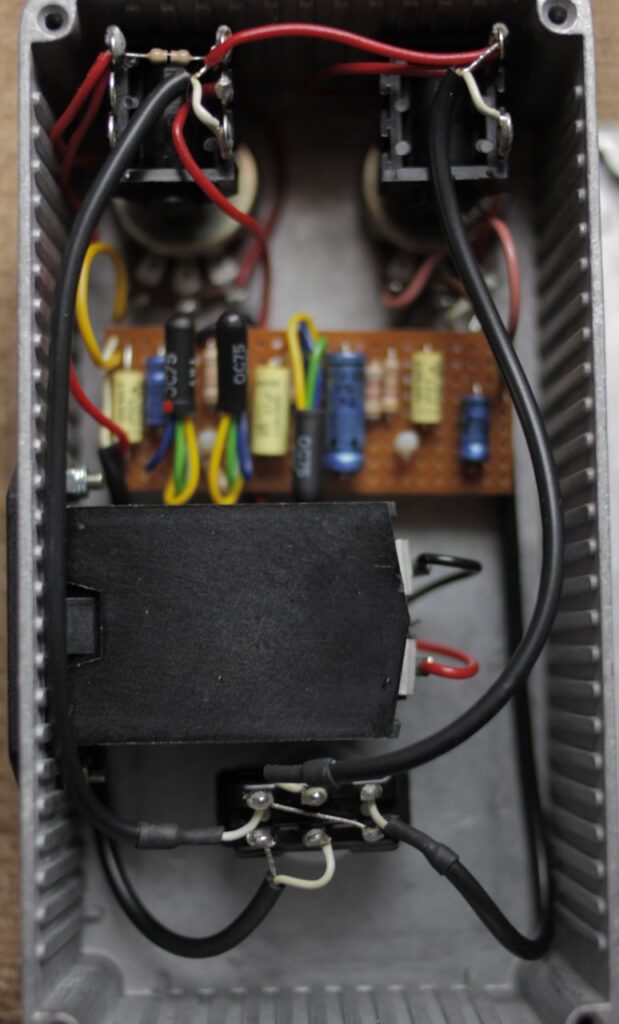Title: The Legendary Fuzz in Rock History
Introduction: Undoubtedly the most iconic Fuzz in the history of Rock, this effect, with its minimal components, yields an immense impact. It shapes sound, extends it, simulates a breath, and generates square waves that resonate with powerful vibrations. Here’s a brief history of the Tone Bender.
Tone Bender History: In approximately 1965, Gary Hurst, a technician at Solasound (later Colorsound), modified a Maestro FuzzTone FZ-1, giving birth to the Tone Bender legacy. In 1966, the Tone Bender MKI.5 emerged, reducing the transistors from 3 to 2. Initial production occurred in England, later shifting to Italy (Pescara), leading to the moniker “Italian Tone Bender,” branded as VOX and JEN.
Evolution Continues:
- 1966 – 1968 Tone Bender MKII: Solasound revisited the Tone Bender, reintroducing a transistor and adding the “professional” label.
- 1968 Tone Bender MKIII: Solasound embarked on the design of the Tone Bender MKIII, also branded as VOX. This version included a tone control, bringing a significant shift in sound compared to its predecessors.
Turning Points:
- 1969 Tone Bender MKIV: The Tone Bender MKIV entered the scene, featuring a redesigned case from MKIII and minor internal modifications, rendering it more modern. In essence, the sound became more akin to a distortion than a fuzz.
For a detailed exploration of the Tone Bender, I recommend checking out link
Vintage Finds: Until the early 2000s, original Fuzz pedals were occasionally discoverable at reasonable prices on auction websites or musical instrument platforms. Back then, enthusiasts could stumble upon these gems, often at a bargain. However, the landscape has transformed, making it challenging to find collectible pedals at affordable rates. Many fell victim to modifications or were discarded, especially during the ’80s when fuzz boxes fell out of favor (oh, those cursed ’80s).
The Elusive Originals: Tracking down an original collectible Fuzz pedal at a reasonable cost has become a rarity. Moreover, numerous originals have undergone alterations or met an unfortunate end. The ’80s, marked by the decline of the classic fuzz boxes, witnessed many casualties. Locating an untouched piece from that era has become akin to searching for a needle in a haystack.
The Rise of Clones: Enter the era of clones—faithful reproductions of various models built to original specifications. Some clones command a hefty price (around 200-300 euros), primarily due to the difficulty in sourcing original components with precise technical specifications. DAM, JERMS, PIG-DOG, GHOST EFFECT, among others, have made a mark in producing these clones. Colorsound remains a key player in Fuzz pedals, actively shaping the industry with enduring quality and innovation
Exploring the Sonic Landscape: The sound of these pedals is a dynamic interplay with the amplifier and guitar in use. While purchasing clones offers a chance to experience the vintage vibe, it’s a sonic adventure that depends on the unique combination of one’s guitar and amplifier. Trying them out firsthand with your gear sometimes means making a blind purchase, eventually leading to pedals that may need to find new homes.
The Ultimate Tone Bender: Ultimately, the best Tone Bender is the one that inspires you to play, to explore new riffs, and becomes a companion during long afternoons in your room, where the outside world ceases to exist. The connection between player and pedal transcends the technicalities, making the quest for the perfect fuzz a deeply personal and soulful journey.
Photos
Original Tone Benders and clones
Tone bender MKI
clone by Blue Colander stompboxes
Original Tone Bender MKI,5
grey case, sft transitor, Italian tone bender(VOX) 1966/1967
Original Tone bender 1968 circa MKI,5
black case, italian tone bender(VOX)
Tone Bender MKII professional, clone by DAM early version 2006

